Mechanical and hydraulic disc brakes differ mainly in how braking force is transferred from the lever to the rotor. Hydraulic disc brakes offer superior stopping power, modulation, and lower maintenance frequency, while mechanical disc brakes are simpler, less expensive, and easier to repair. Choosing the right brake depends on your riding style, budget, maintenance willingness, and terrain.
What Are the Fundamental Differences Between Mechanical and Hydraulic Disc Brakes?
Mechanical disc brakes use steel cables to transmit force from the brake lever to the caliper, pushing one brake pad against the rotor. Hydraulic disc brakes employ a sealed fluid system where brake fluid transfers force evenly to pistons that push both pads onto the rotor, resulting in greater efficiency and smoother braking.
How Do Mechanical and Hydraulic Disc Brakes Compare in Performance?
Hydraulic disc brakes deliver more powerful and consistent stopping force with finer modulation, allowing riders to control braking pressure precisely. Mechanical disc brakes provide adequate stopping power but generally lack the smoothness and strength of hydraulic systems, especially under heavy braking or wet conditions. Why Are Electric Bikes Best For City Commuting?
Which Brake Type Requires More Maintenance and How Difficult Is It?
Mechanical disc brakes require more frequent maintenance such as cable tension adjustments and pad replacements but are easier to service with basic tools. Hydraulic disc brakes need less frequent maintenance but require specialized tools and skills for bleeding and fluid replacement, making servicing more complex and costly.
Why Does Cost Differ Between Mechanical and Hydraulic Disc Brakes?
Mechanical disc brakes are less expensive both in initial purchase and maintenance costs due to simpler components like cables and levers. Hydraulic disc brakes involve pricier materials, sealed fluid systems, and advanced technology, leading to higher upfront and servicing expenses.
How Do Mechanical and Hydraulic Disc Brakes Perform in Wet or Rough Conditions?
Hydraulic disc brakes maintain consistent braking power in wet or muddy conditions due to their sealed system that prevents contamination. Mechanical disc brakes are more susceptible to reduced performance when cables or housing become wet or dirty, which can cause sluggish or uneven braking.
Chart: Mechanical vs Hydraulic Disc Brakes Comparison
| Feature | Mechanical Disc Brakes | Hydraulic Disc Brakes |
|---|---|---|
| Force Transfer | Steel cable | Sealed hydraulic fluid |
| Braking Performance | Good, less powerful | Superior, more powerful and smooth |
| Modulation | Limited | Excellent, fine control |
| Maintenance Frequency | More frequent | Less frequent |
| Maintenance Difficulty | Easy, basic tools | Complex, requires specialized tools |
| Cost | Lower | Higher |
| Wet Weather Performance | Susceptible to degradation | Consistent, sealed system |
Which TST EBike Models Feature Mechanical or Hydraulic Disc Brakes?
| Model | Wheel Size | Terrain Suitability | Brake Type |
|---|---|---|---|
| TST EBike 26-inch Model | 26-inch | Rough terrains like snow and sand | Hydraulic disc brakes |
| TST EBike 27-inch Model | 27-inch | Daily commuting and mountain biking | Mechanical disc brakes |
The TST EBike 26-inch model comes equipped with hydraulic disc brakes for superior stopping power on rough terrain, while the 27-inch model uses mechanical disc brakes suited for reliable urban and mountain biking performance.
Buying Tips for Choosing Between Mechanical and Hydraulic Disc Brakes
- Assess Your Riding Terrain: Choose hydraulic brakes for off-road, wet, or hilly conditions; mechanical brakes suffice for casual urban riding.
- Consider Maintenance Willingness: Mechanical brakes are easier to maintain yourself; hydraulic brakes may require professional servicing.
- Evaluate Budget: Mechanical brakes are more budget-friendly upfront and over time.
- Think About Performance Needs: For superior stopping power and modulation, hydraulic brakes are preferable.
- Check Compatibility: Ensure your chosen TST EBike model’s brake type fits your needs and maintenance abilities.
If you're a passionate cyclist looking to elevate your braking system, you've come to the ideal place! TST ebikes are equipped with hydraulic disc brakes, which have garnered substantial popularity in the cycling world for their exceptional stopping power and unwavering reliability. In the realm of disc brakes, two primary variants stand out: mechanical and hydraulic. This article will delve into the distinctions between these two choices and help you determine the most suitable one for your cycling requirements. So, secure your helmet tightly as we embark on an exploration of the intriguing domain of mechanical versus hydraulic disc brakes, with a special focus on the outstanding hydraulic disc brakes featured in TST ebikes!
Brief overview of disc brakes
Disc brakes use calipers to squeeze brake pads against a rotor attached to the wheel hub, providing consistent stopping power. They perform well in various conditions and are available in mechanical and hydraulic versions, each with distinct advantages.
Disc brakes have completely transformed the braking experience on bicycles. In a world where rim brakes once dominated, disc brakes have emerged as the superior choice, offering enhanced performance and unwavering reliability. Unlike rim brakes, which rely on the friction between brake pads and the wheel rims, disc brakes employ a rotor affixed to the wheel hub. This rotor is clamped down upon by brake calipers when you engage the brake lever, delivering formidable stopping power.
One of the standout advantages of disc brakes lies in their ability to excel under any weather conditions. Be it a torrential downpour or dry pavement, disc brakes consistently deliver braking power without compromising your safety. This remarkable performance is made possible because the rotor and caliper reside within a protective enclosure, reducing exposure to dirt, mud, and water.
Another noteworthy benefit of disc brakes is their exceptional heat dissipation capabilities. During descents or extended rides when you repeatedly apply pressure to your brake levers, rim brakes often succumb to overheating, resulting in reduced effectiveness due to excessive friction with the rims. In contrast, disc brakes circumvent this issue by efficiently dissipating heat through their rotors.
Furthermore, disc brake systems necessitate less manual effort compared to traditional rim brakes. This reduced reliance on manual finger force is attributed to the hydraulic or mechanical operation of disc brakes, making them particularly advantageous for cyclists with smaller hands or those grappling with grip strength concerns.
The choice between mechanical and hydraulic disc brakes hinges on several factors, including your riding style, budget considerations, and personal preference regarding maintenance ease and peak performance. Having glimpsed the remarkable attributes that set disc brake systems apart, let's embark on a deeper exploration of the mechanical vs hydraulic options!
Mechanical disc brakes
Mechanical disc brakes operate via a cable system, making them straightforward to install and maintain. They are cost-effective and suitable for riders who prefer DIY maintenance or have budget constraints. However, they may require more frequent adjustments and offer less braking power compared to hydraulic systems.
Mechanical disc brakes have gained popularity among cyclists for their straightforward design and low-maintenance characteristics. These braking systems rely on a cable mechanism to transmit force from the brake lever to the caliper, which then applies pressure on the rotor, facilitating the bike's deceleration or stopping.
One notable advantage of mechanical disc brakes lies in their cost-effectiveness compared to hydraulic counterparts. This makes them an appealing choice for riders working within tighter budget constraints, seeking reliable stopping power without breaking the bank.
Furthermore, mechanical disc brakes offer the convenience of easier adjustment and maintenance when compared to hydraulic systems. With mechanical brakes, fine-tuning cable tension is a straightforward process, simplifying the quest for optimal braking performance.
Nonetheless, it's worth noting that mechanical disc brakes often demand more hand effort than hydraulic systems. Achieving equivalent stopping power may require exerting greater force on the brake lever.
In addition to this, mechanical disc brakes typically exhibit less modulation compared to their hydraulic counterparts. Modulation refers to the precision and smoothness with which you can control your braking power. Hydraulic systems tend to excel in this aspect, as their fluid-based mechanisms allow for finer control over the force applied when squeezing the brake lever.
For those seeking an economical and low-maintenance braking solution with respectable stopping capabilities, mechanical disc brakes present a compelling choice for their bicycles. However, riders who prioritize enhanced modulation and are willing to allocate additional funds for maintenance costs might find hydraulic disc brakes to be a more appealing alternative to consider.
Hydraulic disc brakes
Hydraulic disc brakes use fluid to transfer force from the lever to the caliper, providing stronger and more consistent braking with less hand effort. They offer better modulation and require less frequent maintenance, though servicing can be more complex and costly.
Hydraulic disc brakes are the preferred choice among cyclists, celebrated for their dependable and robust braking capabilities. In contrast to mechanical disc brakes, which rely on cables to transmit force from the brake lever to the caliper, hydraulic disc brakes employ a fluid-based mechanism.
One of the primary advantages of hydraulic disc brakes is their consistent and fluidic braking performance. The fluid-filled system offers superior modulation, granting riders meticulous control over their braking force. This attribute proves especially advantageous in scenarios demanding abrupt stops or swift adjustments.
Another merit of hydraulic disc brakes lies in their self-regulating nature. As brake pads gradually wear down over time, the system autonomously adapts for optimal performance without requiring manual intervention. This not only saves time but also guarantees that your brakes consistently operate at their peak efficiency.
Moreover, hydraulic disc brakes typically necessitate less maintenance compared to their mechanical counterparts. Thanks to their sealed system and the absence of cable-related stretching or adjustments, they generally deliver increased reliability and longevity with minimal upkeep.
However, it's important to acknowledge that hydraulic disc brake systems often come with a higher initial cost than mechanical variations. Additionally, their installation and maintenance require specialized tools and expertise, which may discourage riders who prefer a hands-on approach or face budgetary constraints.
Regarding power and braking effectiveness, many cyclists attest that hydraulic disc brakes outperform mechanical options. With improved modulation and consistent performance across various riding conditions, including wet or muddy terrain, these brakes instill confidence in riders, particularly concerning safety on roads or trails.
Hydraulic vs mechanical disc brakes - Pros and cons
Hydraulic brakes deliver superior stopping power and smoother modulation, ideal for demanding terrains and high-speed riding. Mechanical brakes are more affordable and easier to maintain but may offer less precise control and require more hand strength.
When faced with the choice between hydraulic and mechanical disc brakes, several factors warrant consideration. Let's begin by examining the advantages of each type.
Hydraulic disc brakes excel in delivering formidable stopping power. Utilizing a hydraulic system, they harness fluid pressure to amplify the force applied by your fingers on the brake lever, resulting in more potent and responsive braking. This proves especially advantageous in scenarios necessitating abrupt stops, such as downhill descents or emergency braking maneuvers.
Conversely, mechanical disc brakes boast their own array of benefits. They are generally easier to install and maintain in comparison to hydraulic systems. Mechanical brakes rely on cables rather than fluid, rendering them less susceptible to leaks or fluid contamination. Moreover, the adjustment of cable tension is a straightforward task that requires no specialized tools.
However, one drawback of mechanical disc brakes is that they often demand more force from the rider's fingers to achieve maximum stopping power, when compared to hydraulic systems. This can lead to hand fatigue during extended rides or steep descents.
Regarding cost, mechanical disc brakes tend to be more budget-friendly than their hydraulic counterparts. The simplicity of their design renders them a preferred choice for cost-conscious riders who still seek dependable braking performance.
Both types possess their distinct merits and limitations. The ultimate decision hinges on your specific requirements and preferences as a cyclist. If prioritizing top-tier stopping power and being open to investing in maintenance and installation efforts, then hydraulic disc brakes may align with your needs. Conversely, if ease of use and affordability are pivotal considerations, then mechanical disc brakes could be your optimal choice.
Keep in mind that the selection of the appropriate brake system is pivotal in ensuring your safety on the road or trail!
Hydraulic vs mechanical disc brakes - How to choose
Choose hydraulic disc brakes if you prioritize performance, ride in varied conditions, or prefer low-maintenance systems. Opt for mechanical disc brakes if you're budget-conscious, enjoy DIY maintenance, or primarily ride in less demanding environments.
Now that we've thoroughly examined the pros and cons between hydraulic and mechanical disc brakes, the crucial question arises: how do you determine which type best suits your needs? The answer lies in your individual requirements and preferences.
If you value simplicity and straightforward maintenance, mechanical disc brakes could be your preferred choice. They are generally easier to install, adjust, and involve less frequent servicing. Moreover, mechanical disc brakes tend to be a more budget-friendly option compared to their hydraulic counterparts.
However, if your priority leans toward superior braking performance and precision control, hydraulic disc brakes undoubtedly shine. They offer enhanced modulation and formidable stopping power, especially in demanding conditions like steep descents or wet terrain. Hydraulic systems additionally provide the convenience of self-adjustment as brake pads wear down, ensuring consistent performance over time.
Your riding style plays a pivotal role in this decision-making process. If you predominantly cycle on flat terrain or engage in casual recreational biking, mechanical disc brakes should meet your needs adequately. On the contrary, if you're an enthusiastic mountain biker conquering challenging trails or a road cyclist participating in high-speed races where split-second braking responses are critical, hydraulic disc brakes represent a prudent investment.
Budget considerations also factor in. Hydraulic disc brake systems typically come at a higher initial cost compared to mechanical variants, primarily due to the added complexity inherent in their design and operation. Therefore, if cost is a primary concern, or if upgrading all components of your bicycle isn't currently feasible, sticking with mechanical discs may be a sensible choice.
Ultimately, it's essential to ensure that the chosen brake system aligns with your individual skill level regarding installation requirements and future maintenance considerations, whether it involves bleeding procedures (for hydraulics) or cable tension adjustments (for mechanical systems).
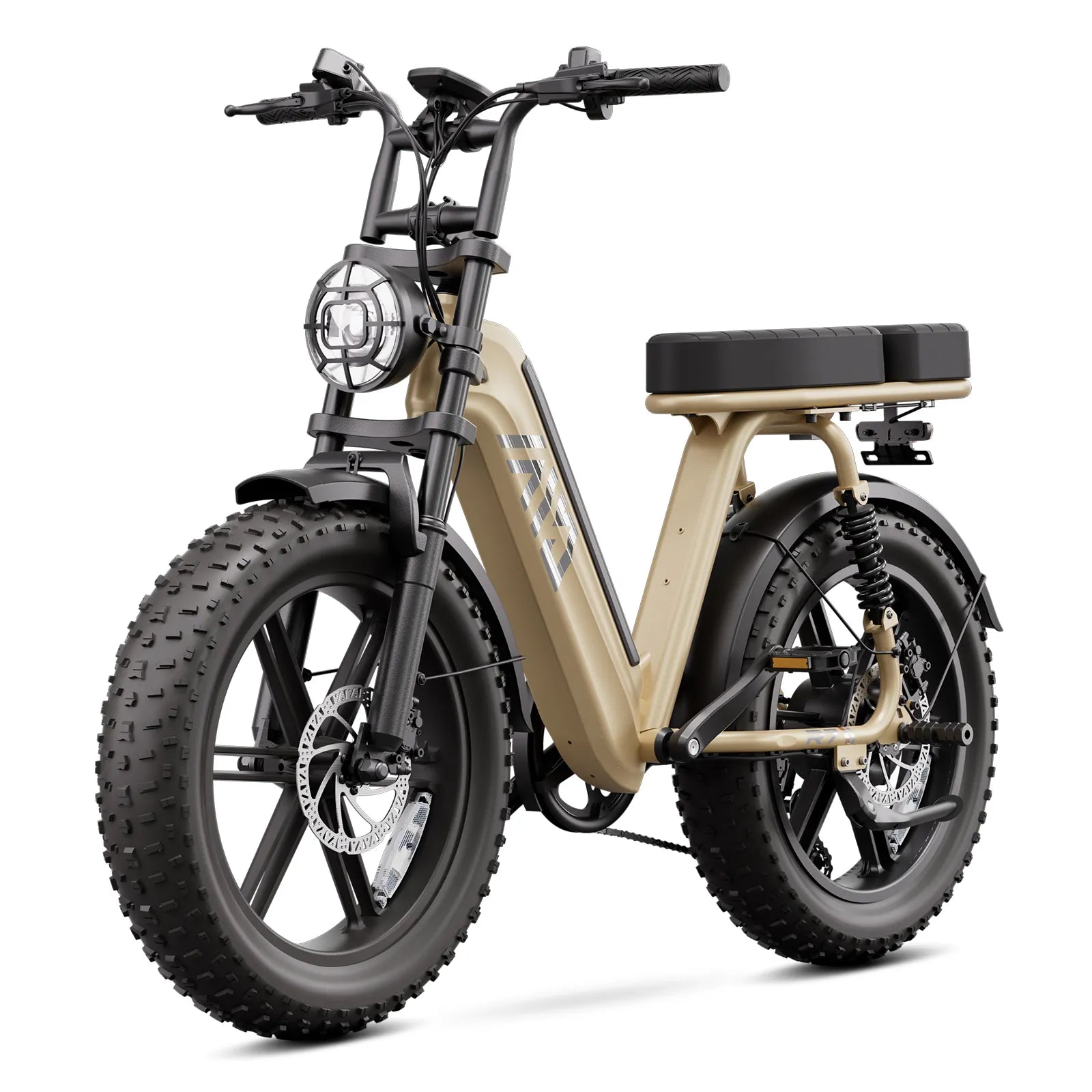
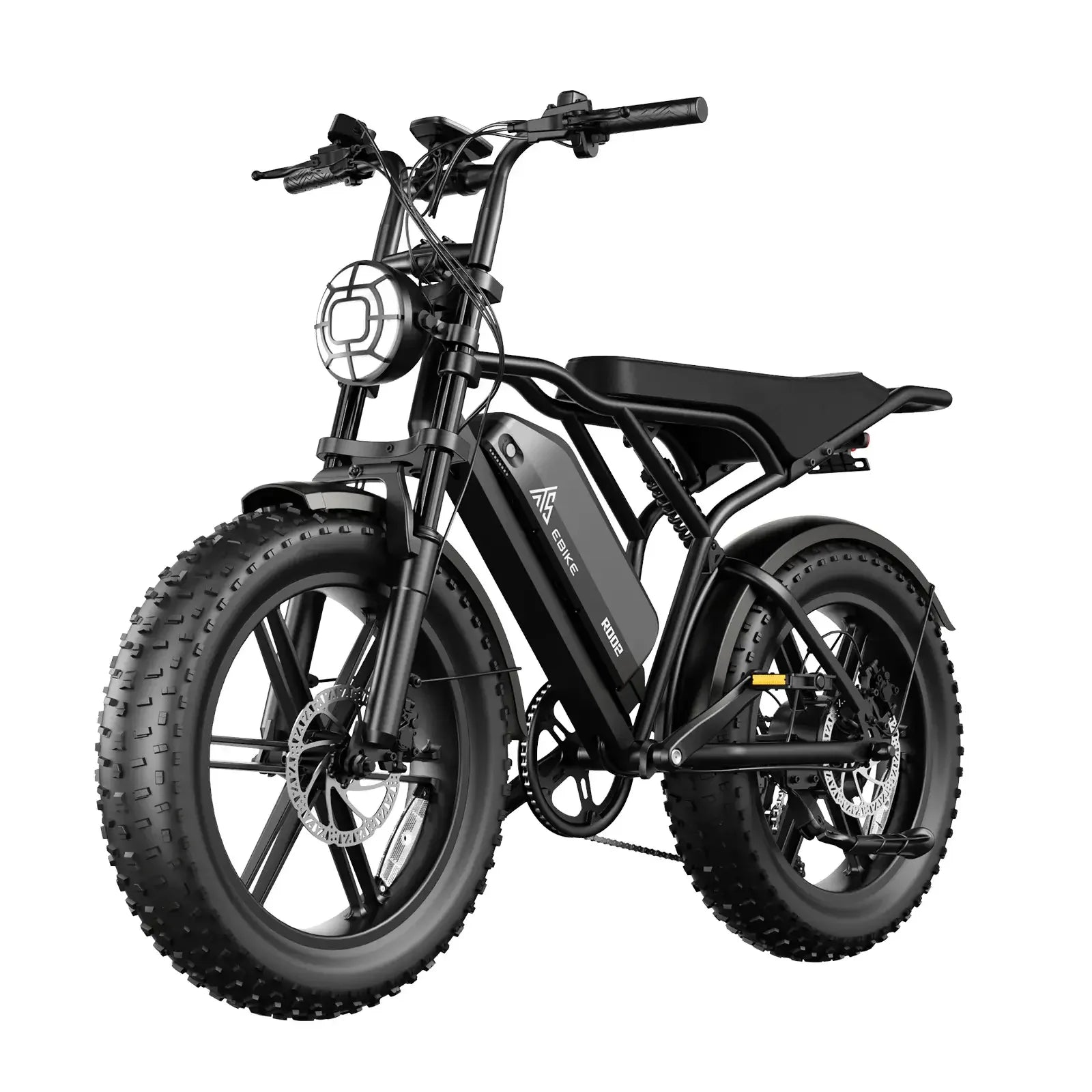
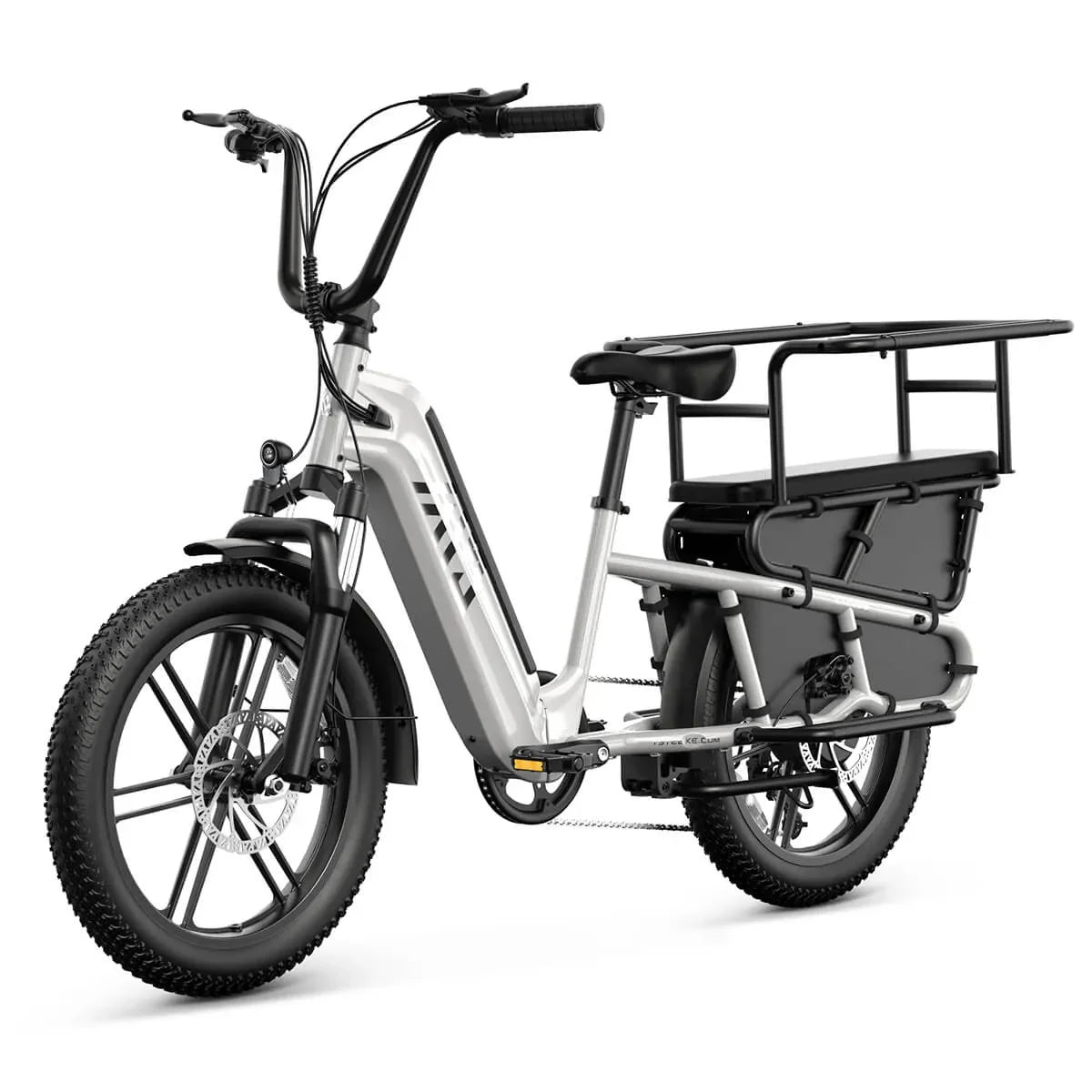
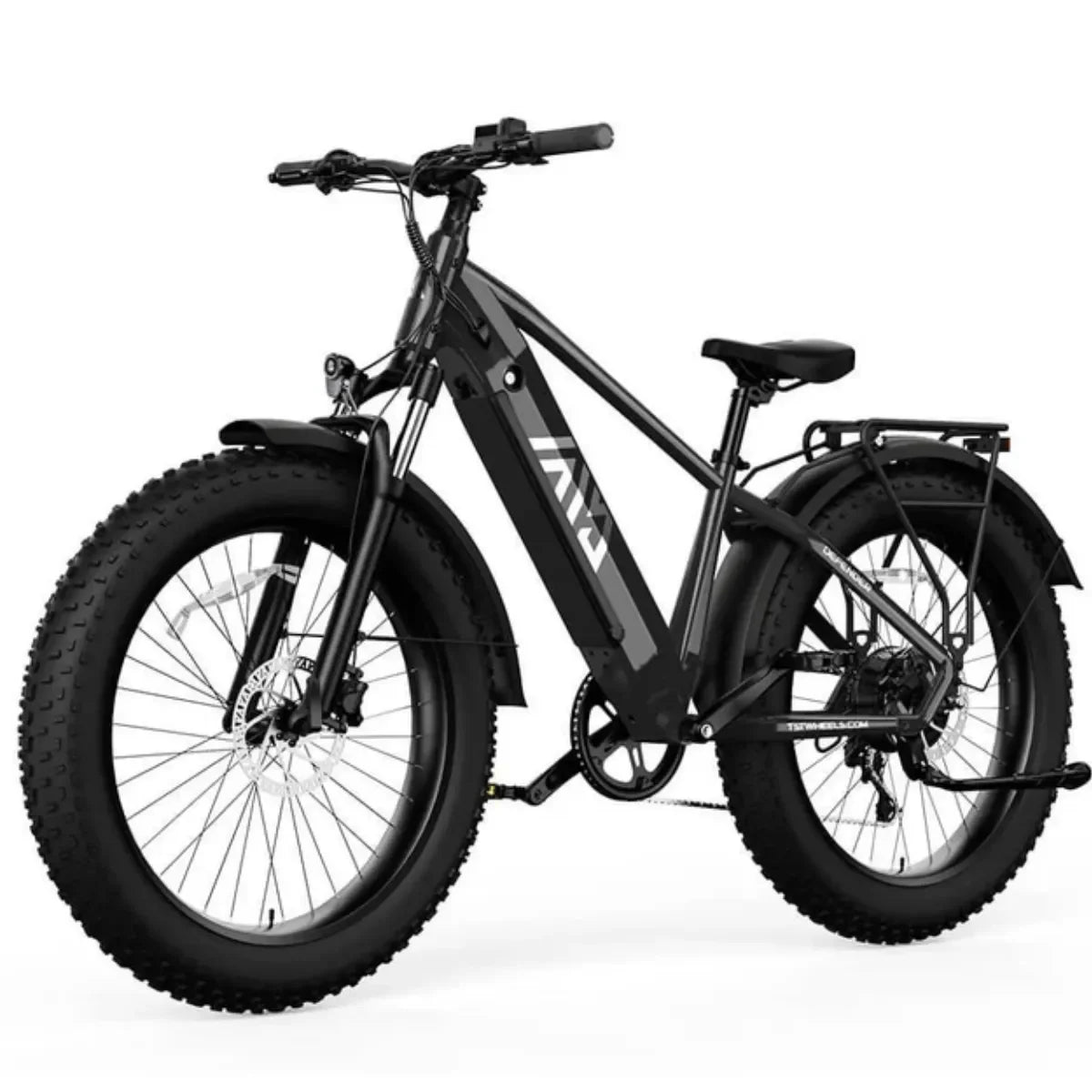
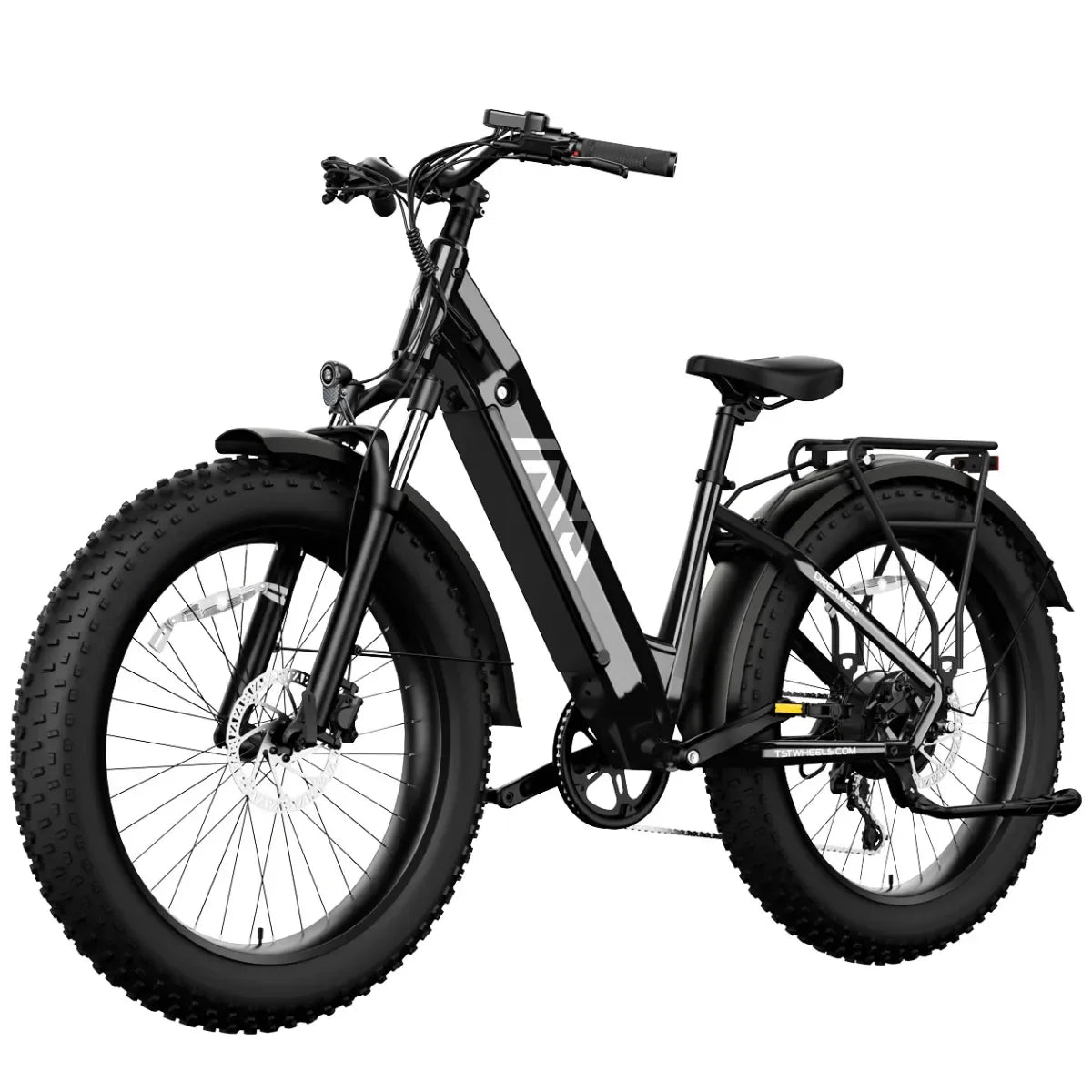
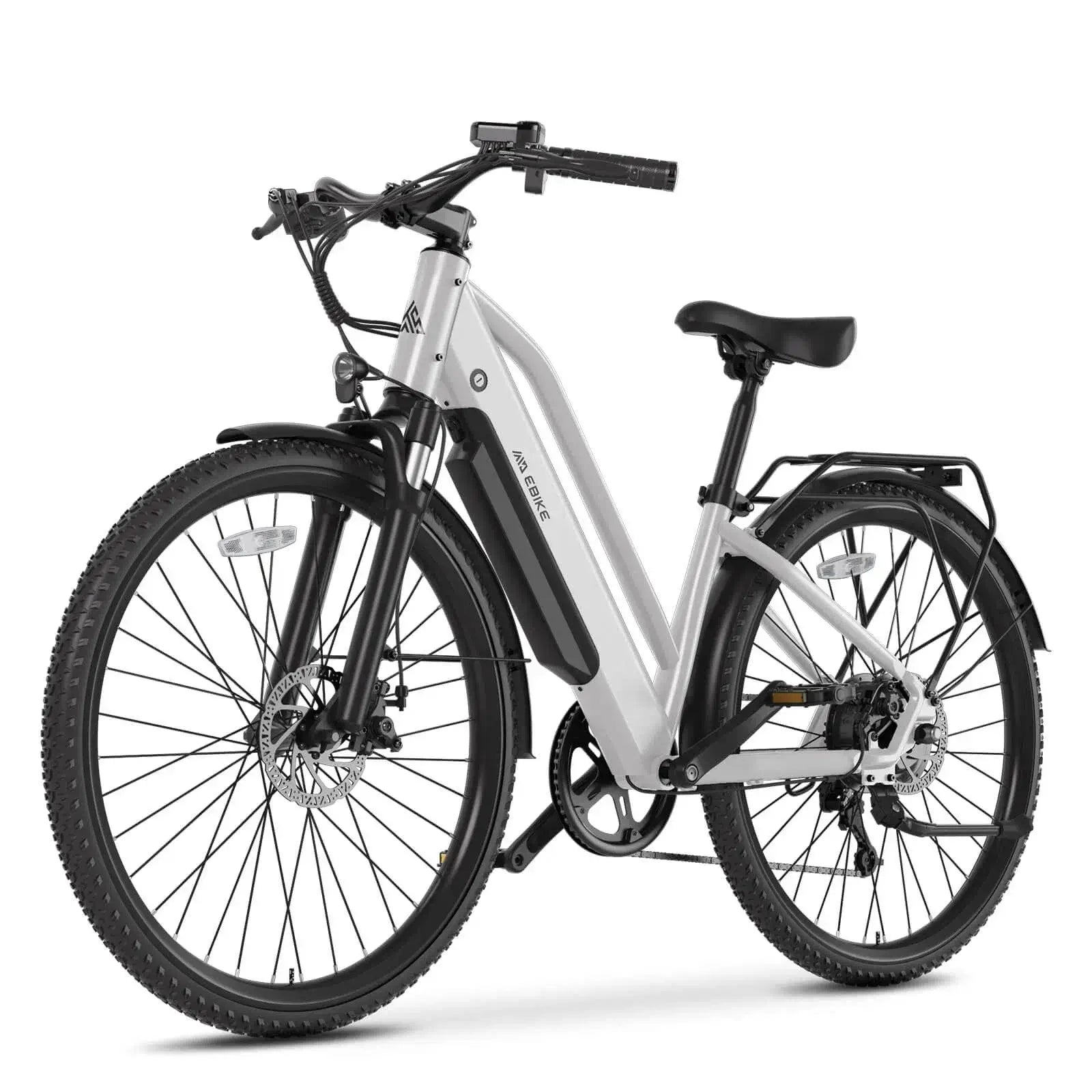
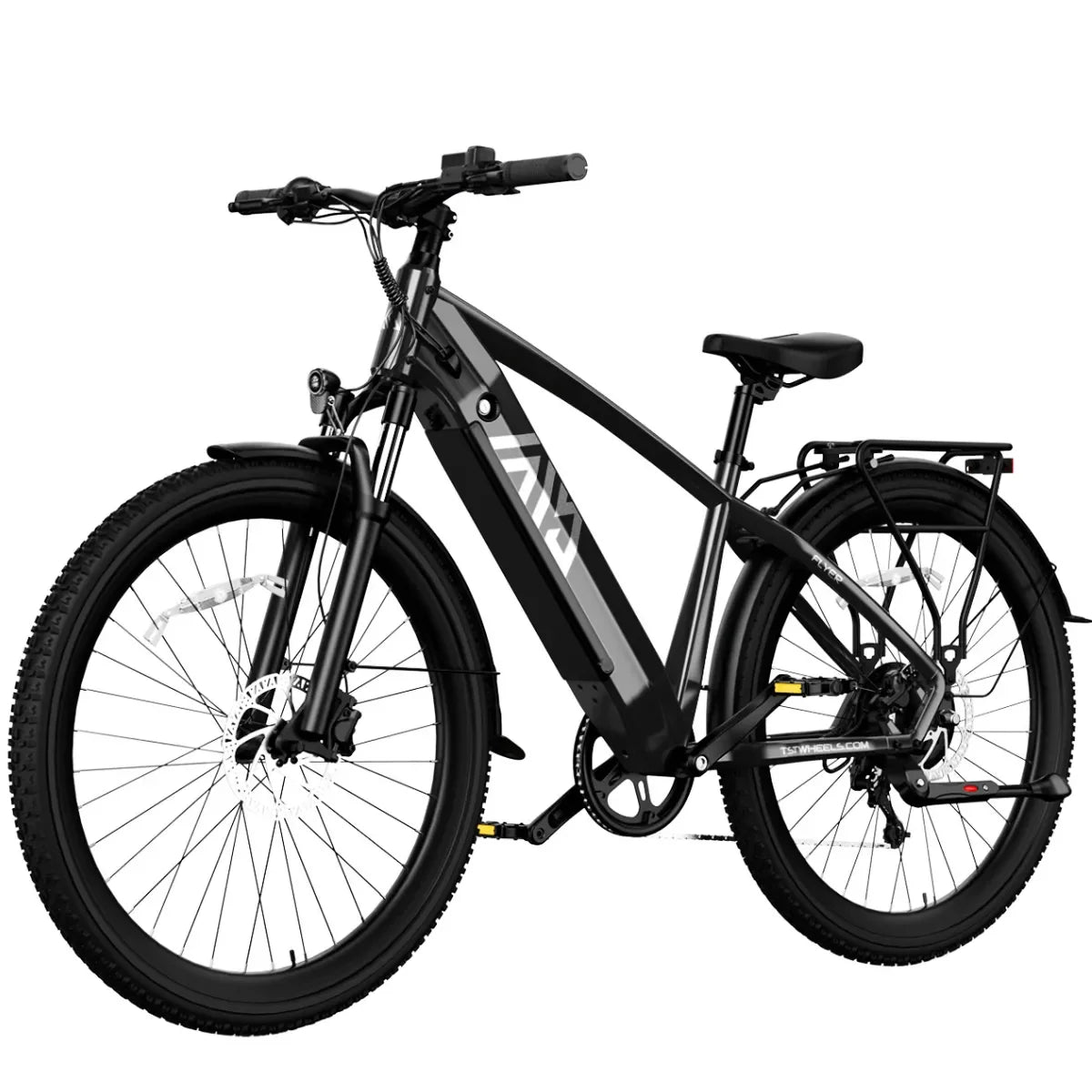
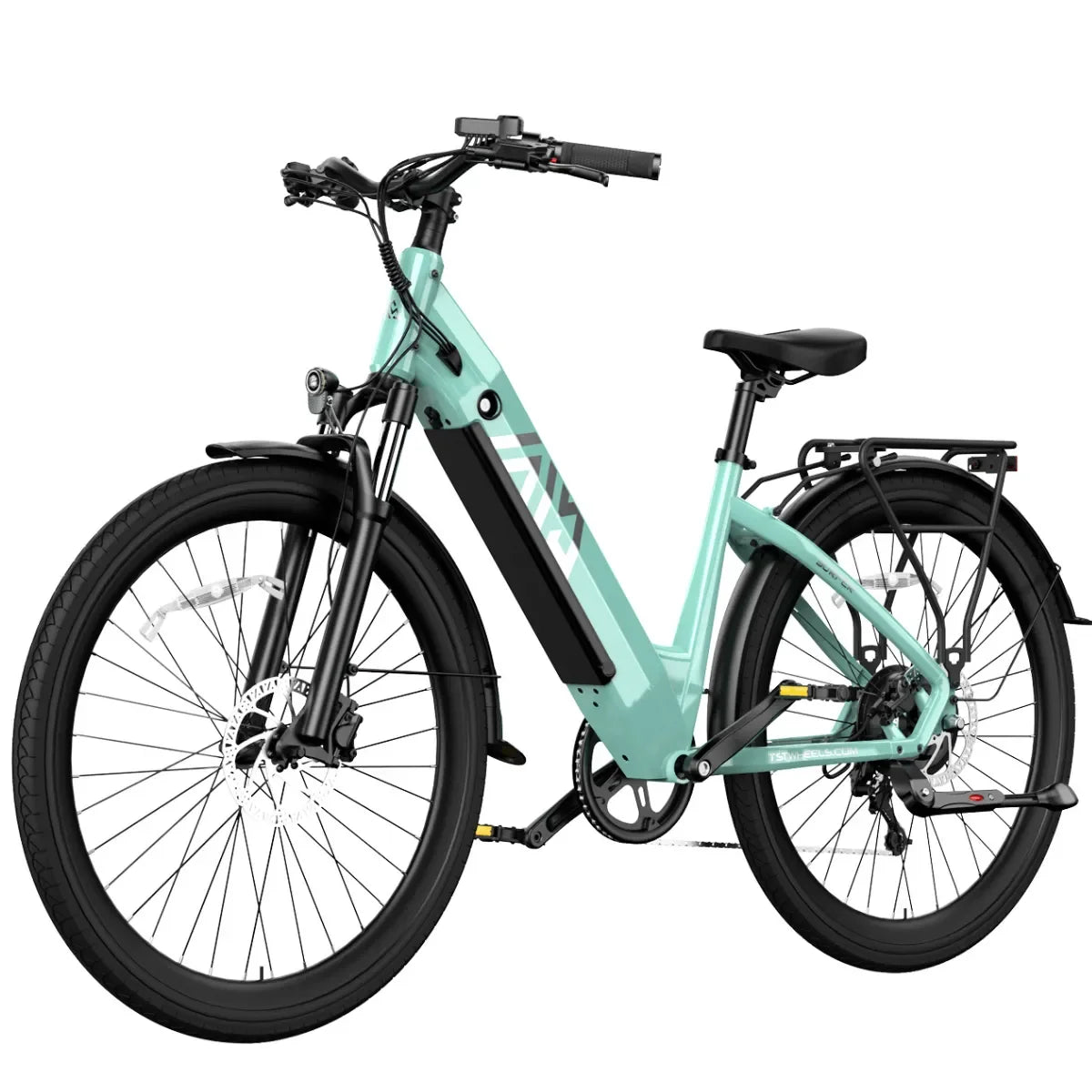
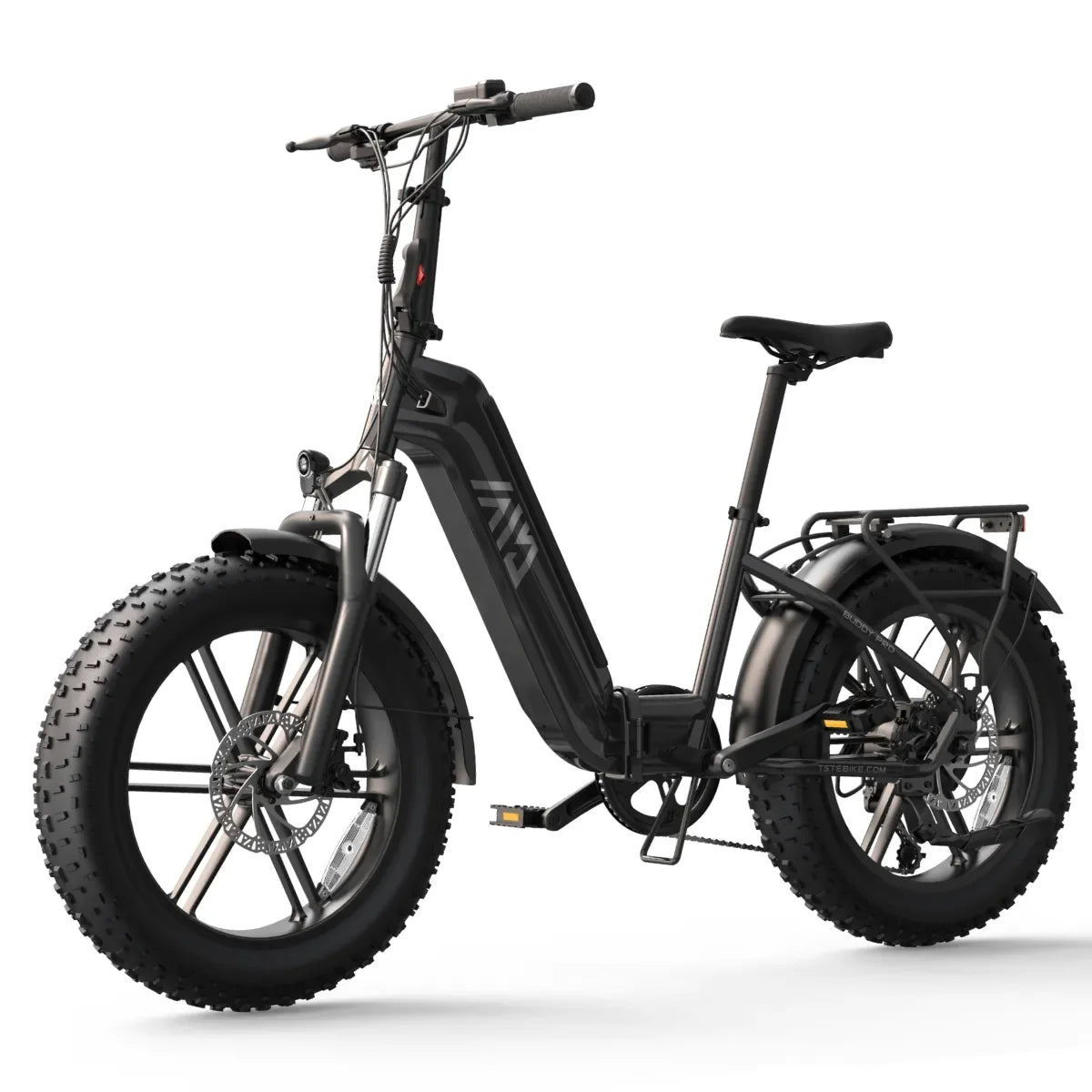
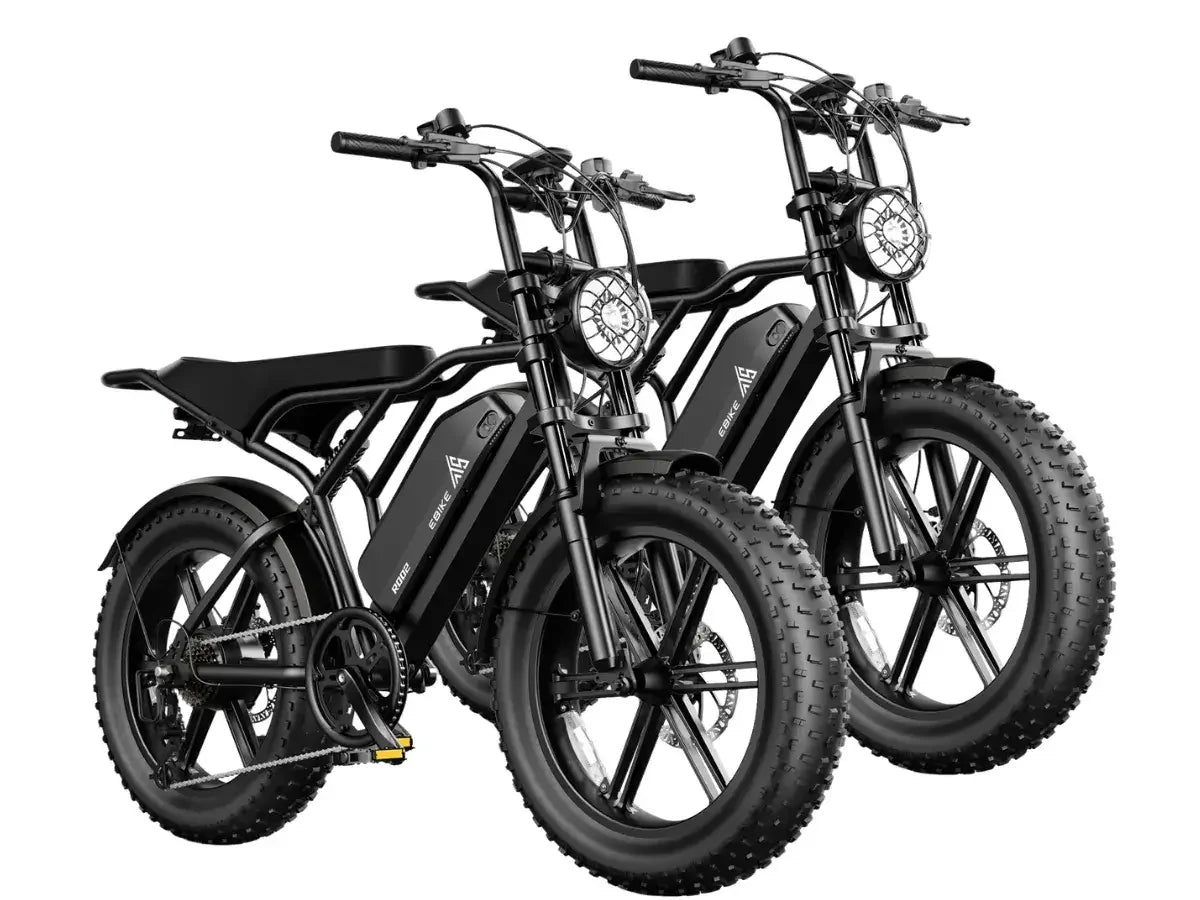
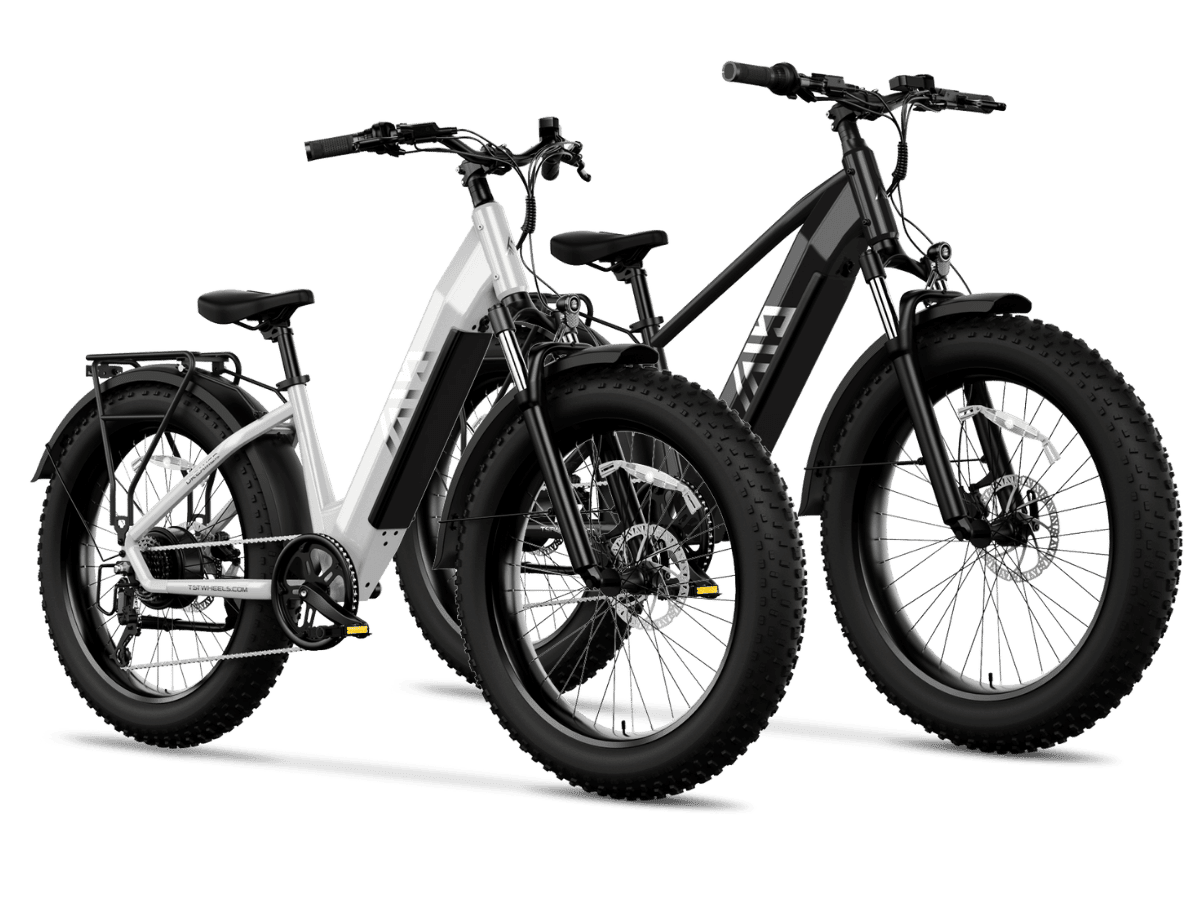
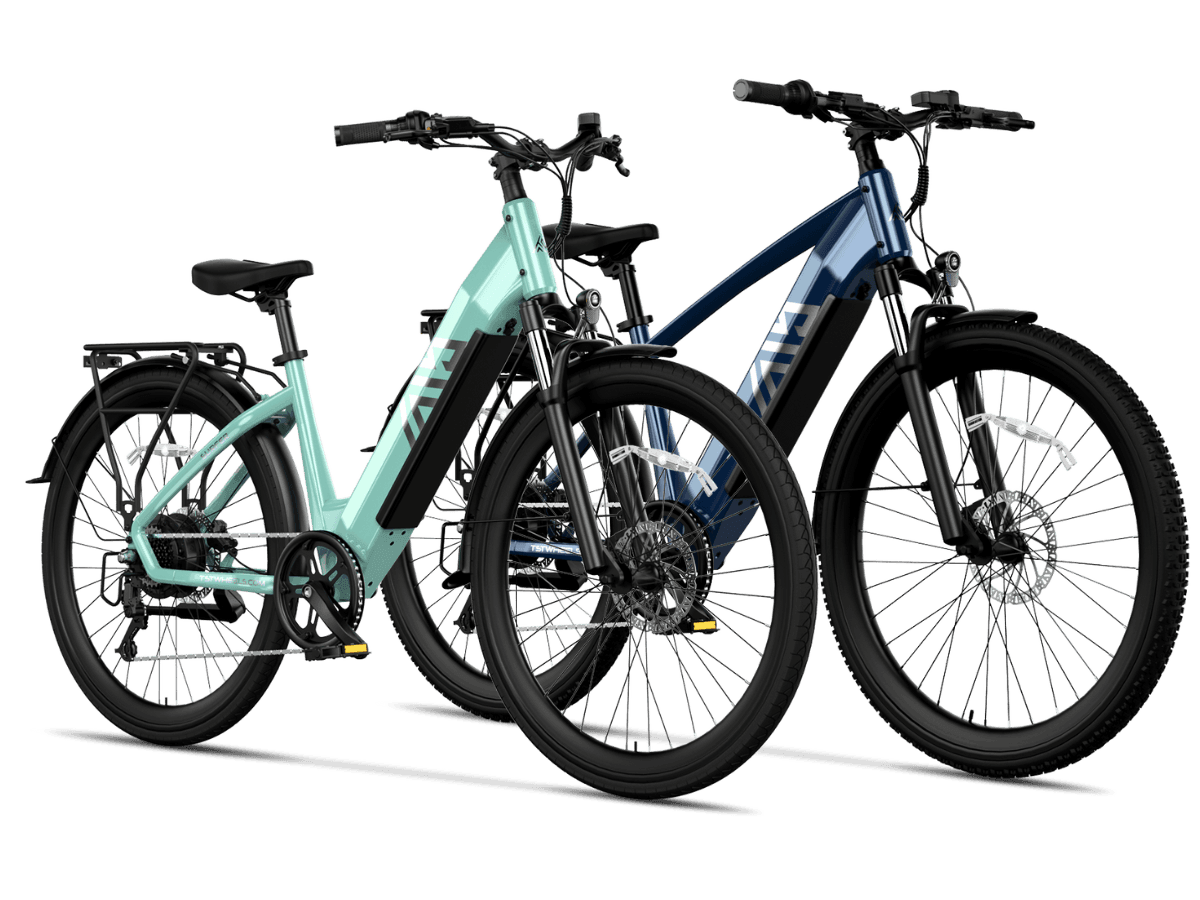
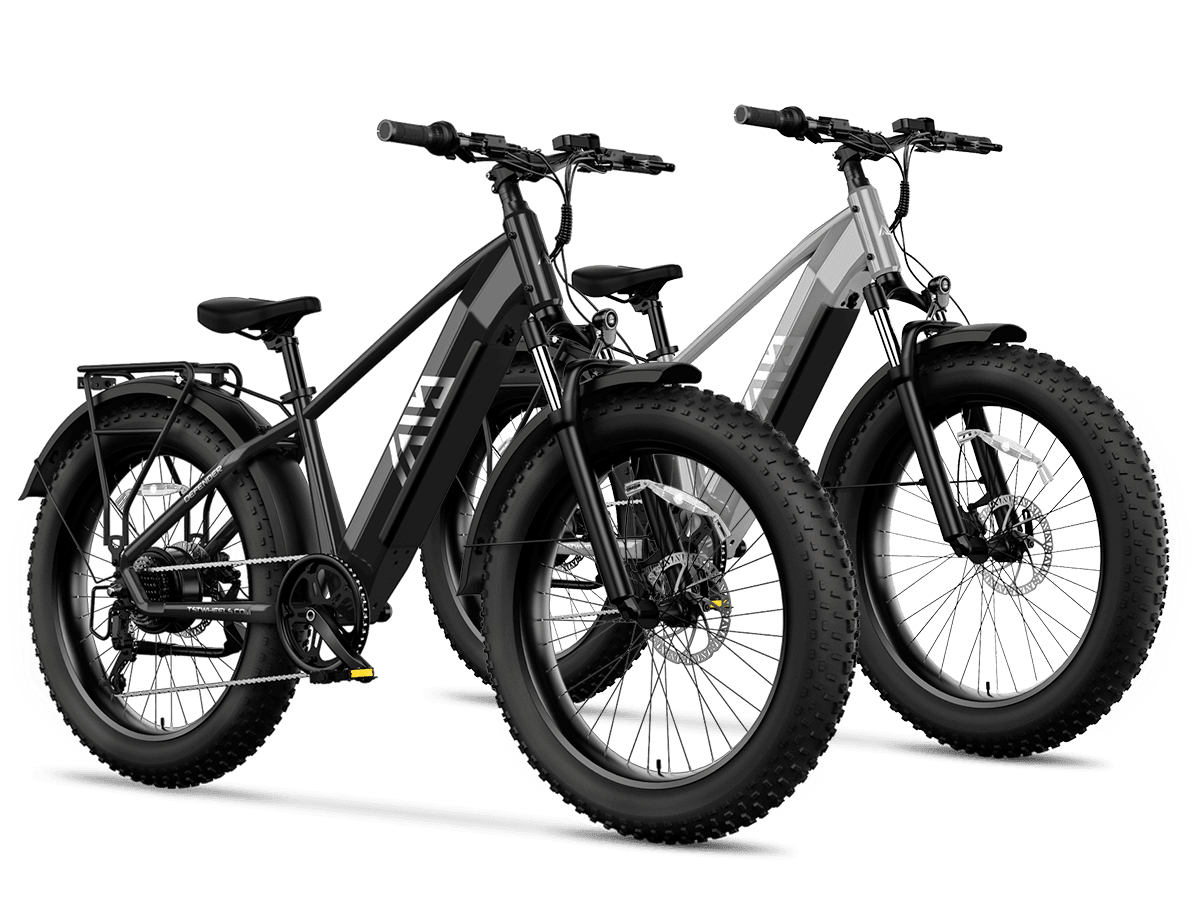
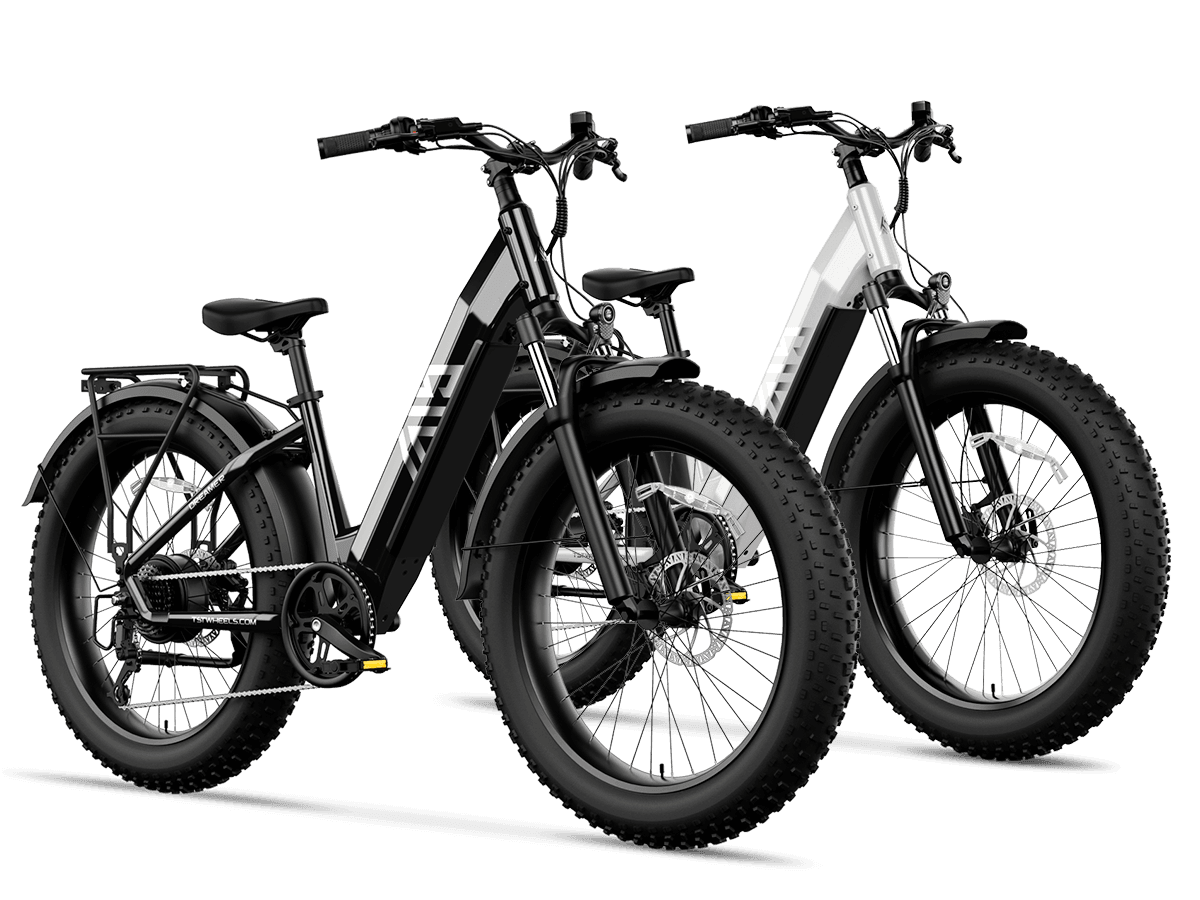
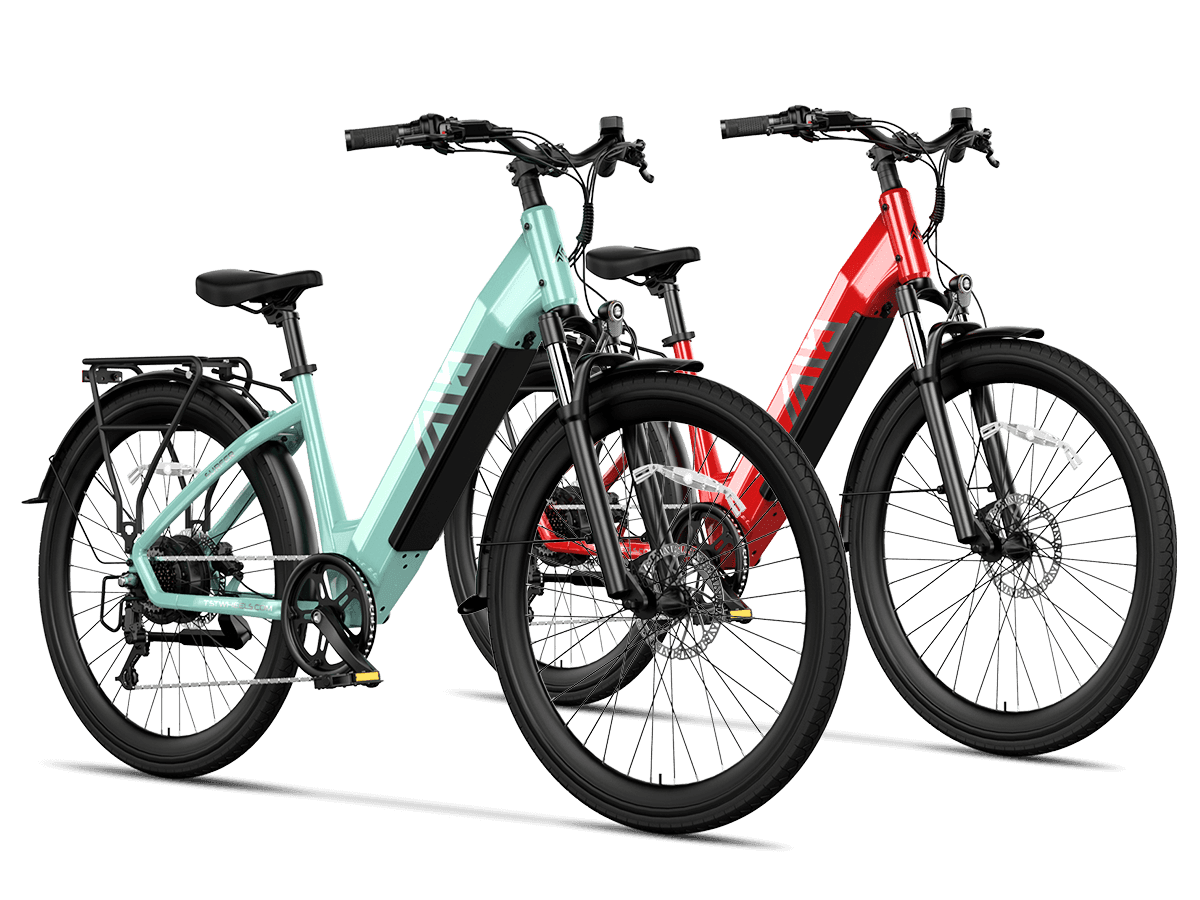
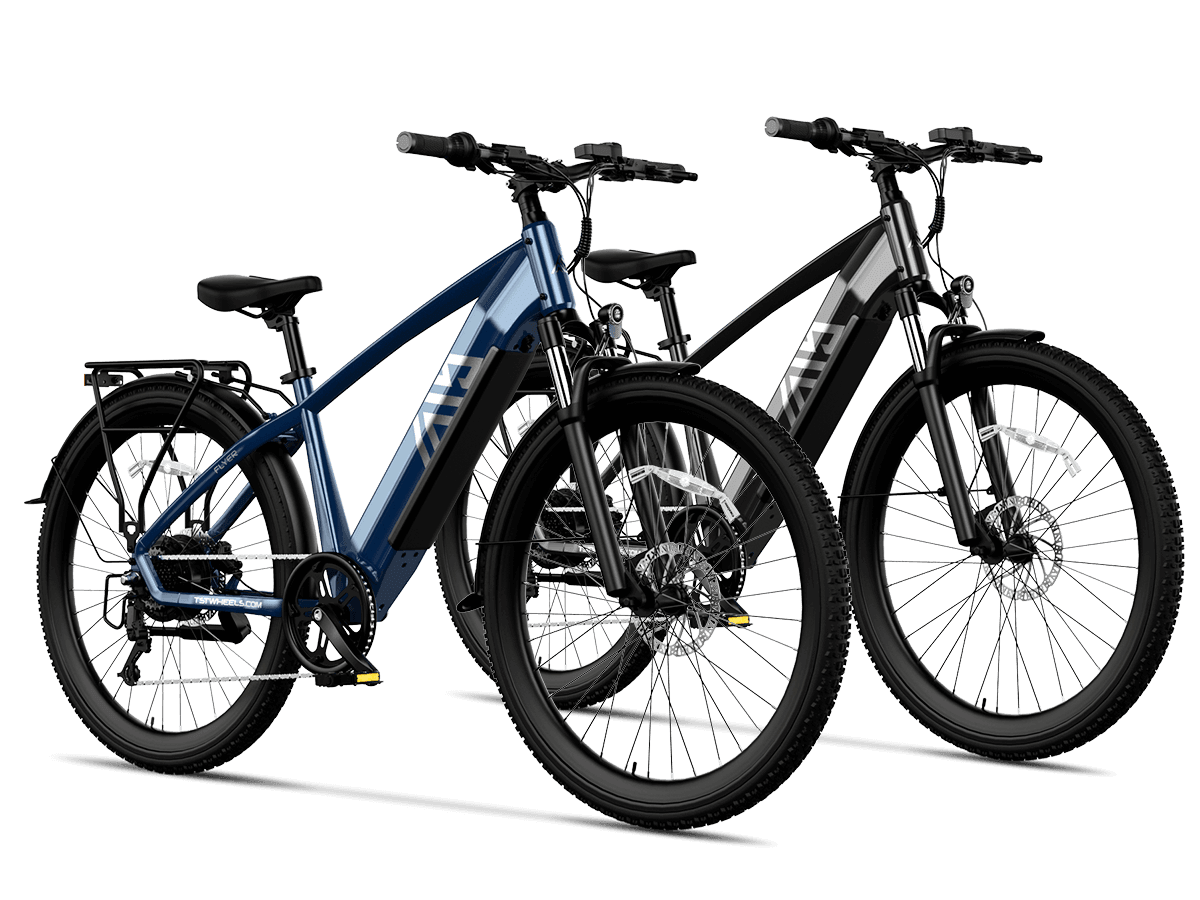

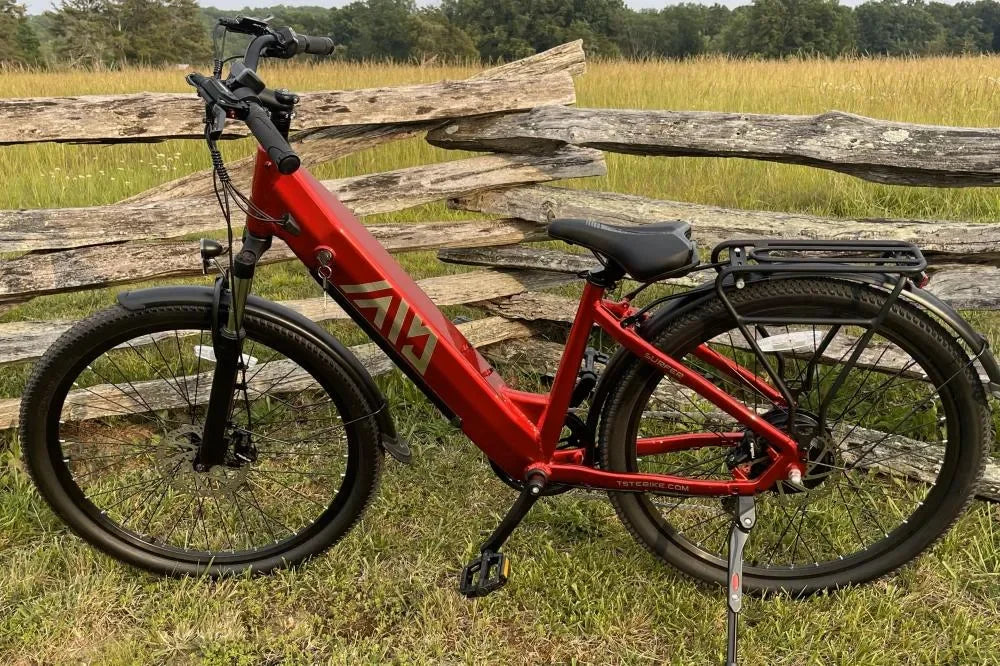
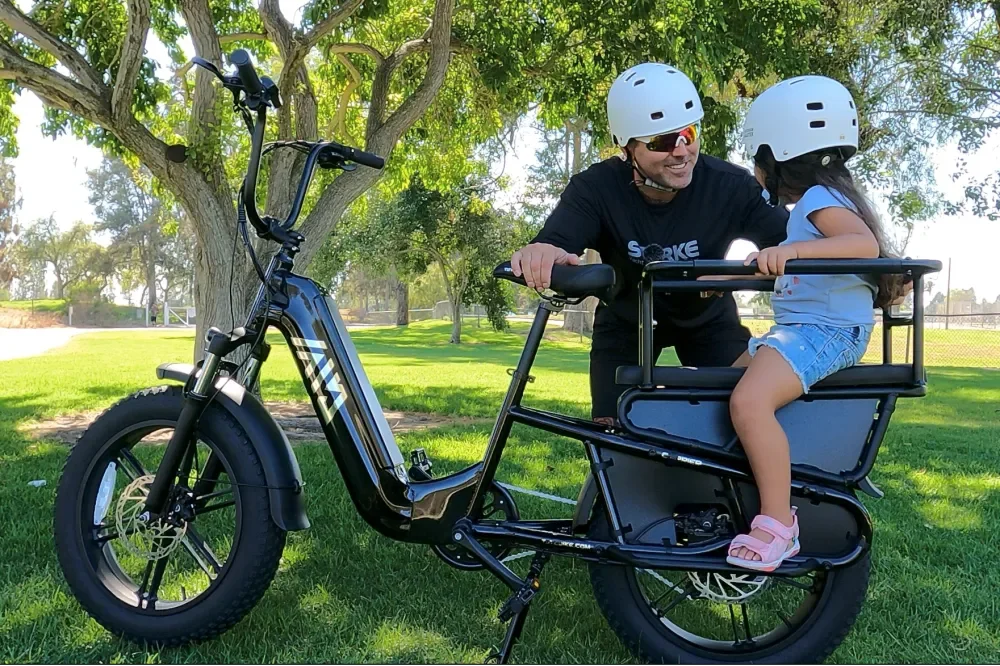

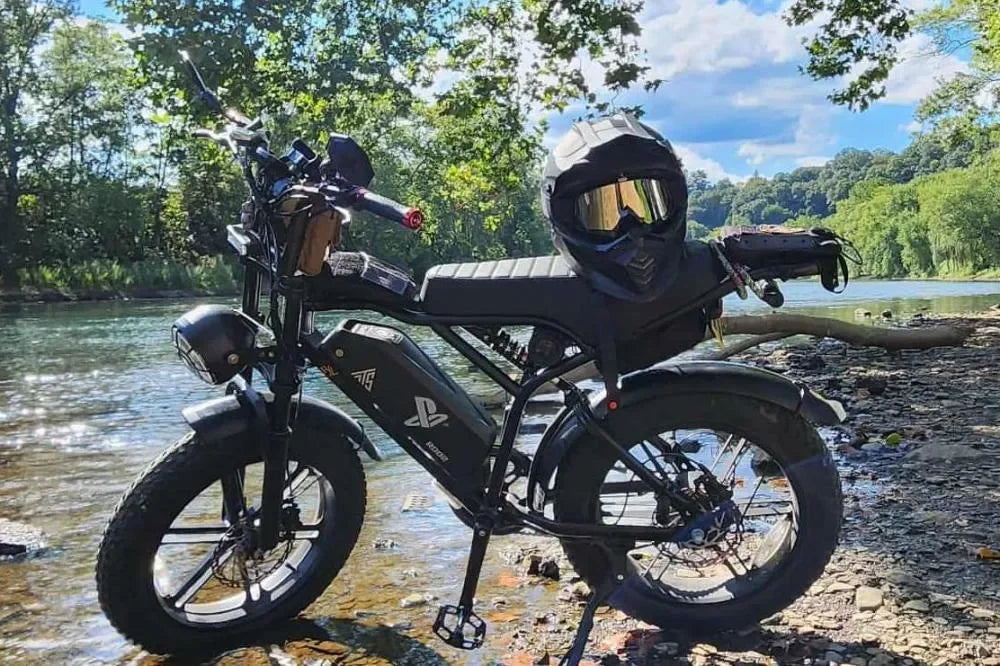
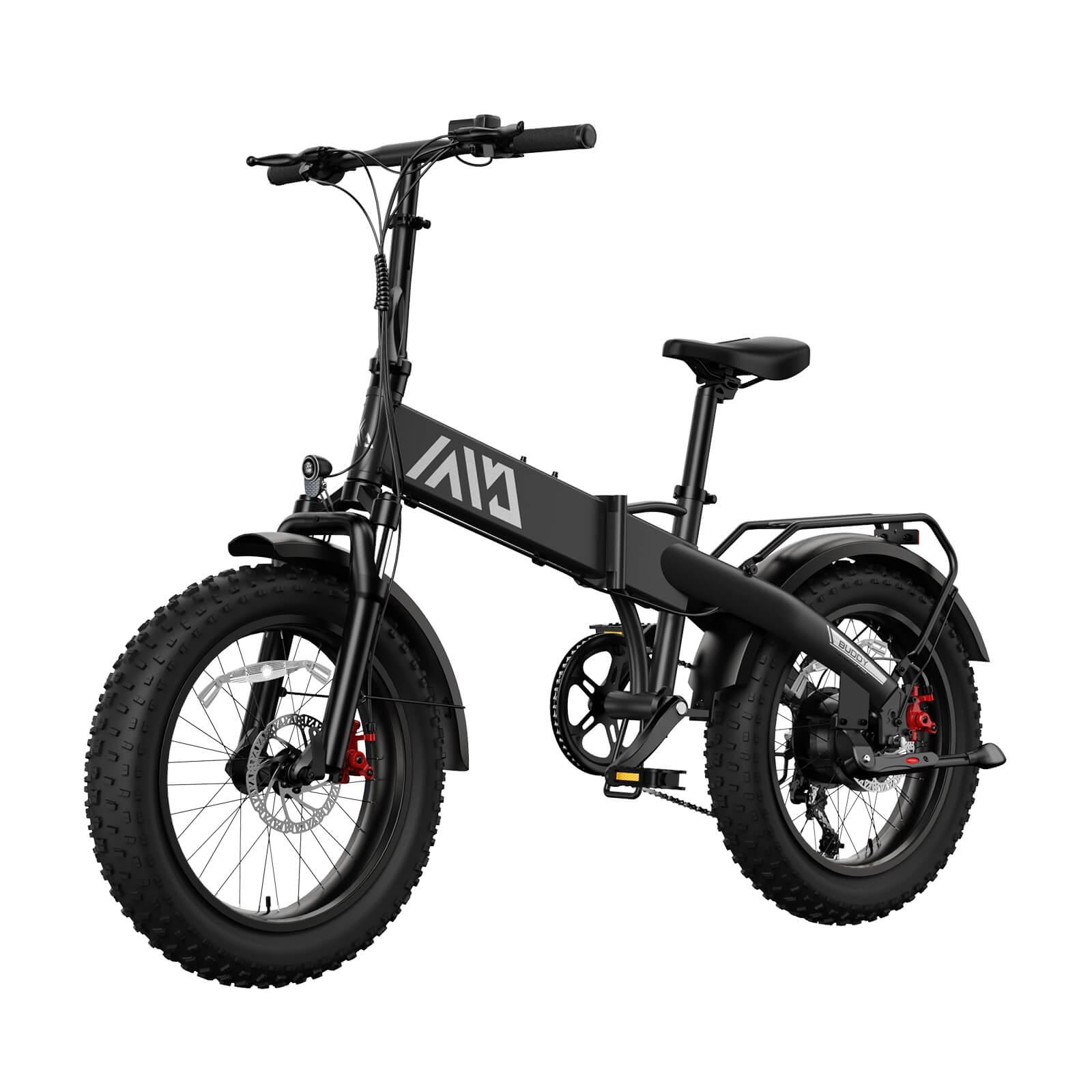


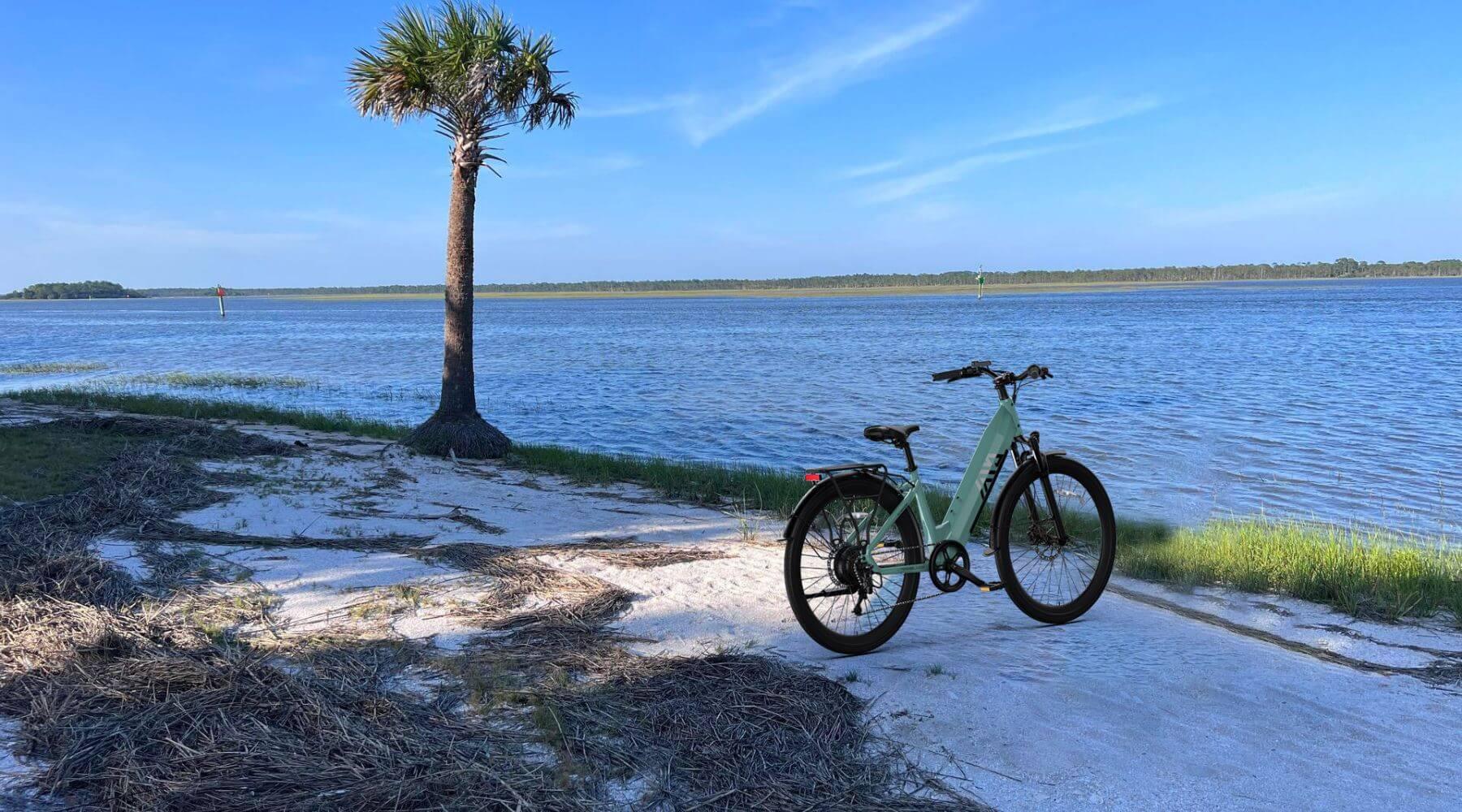
Leave a comment
All comments are moderated before being published.
This site is protected by hCaptcha and the hCaptcha Privacy Policy and Terms of Service apply.